News
June8th was World Oceans Day and National Ocean Publicity Day. The theme of thisyear’s Ocean Day was "Protection of Mangroves and Protection of MarineEcology". This year, SIO used live broadcast technology for the first timeto promote popular science on the World Oceans Day. The "Hi Ocean"popular science live broadcast jointly created by the State Key Laboratory ofSatellite Marine Environmental Dynamics and the Key Laboratory of MarineEcosystem Dynamics of the Ministry of Natural Resources was widely welcomed.
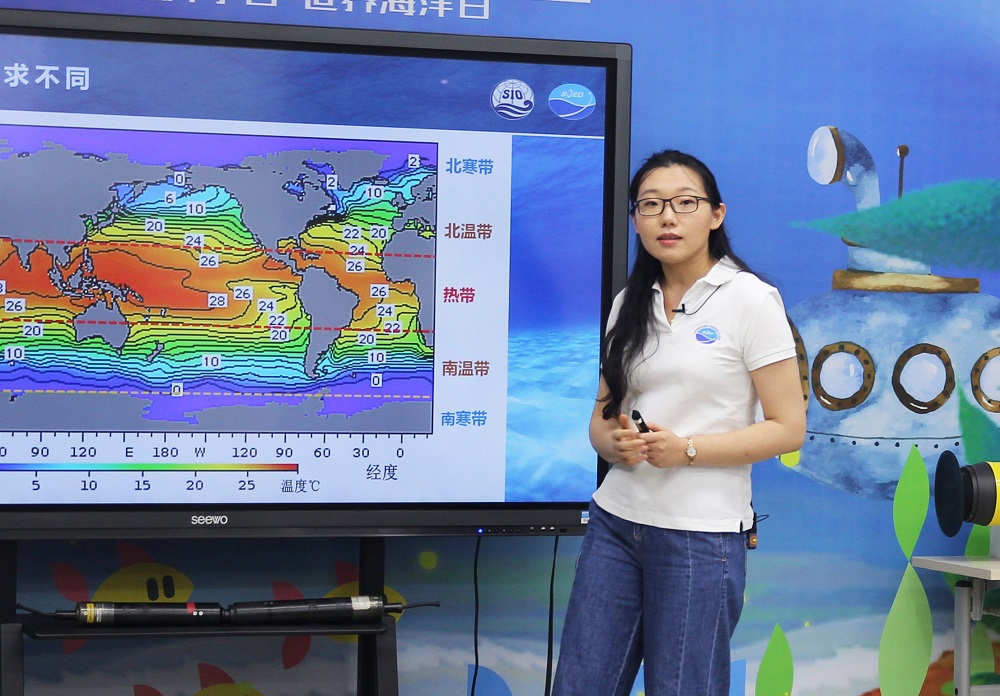
Dr. Xi Jingyuan talked about Which Floor does Fish Live on in the Ocean?
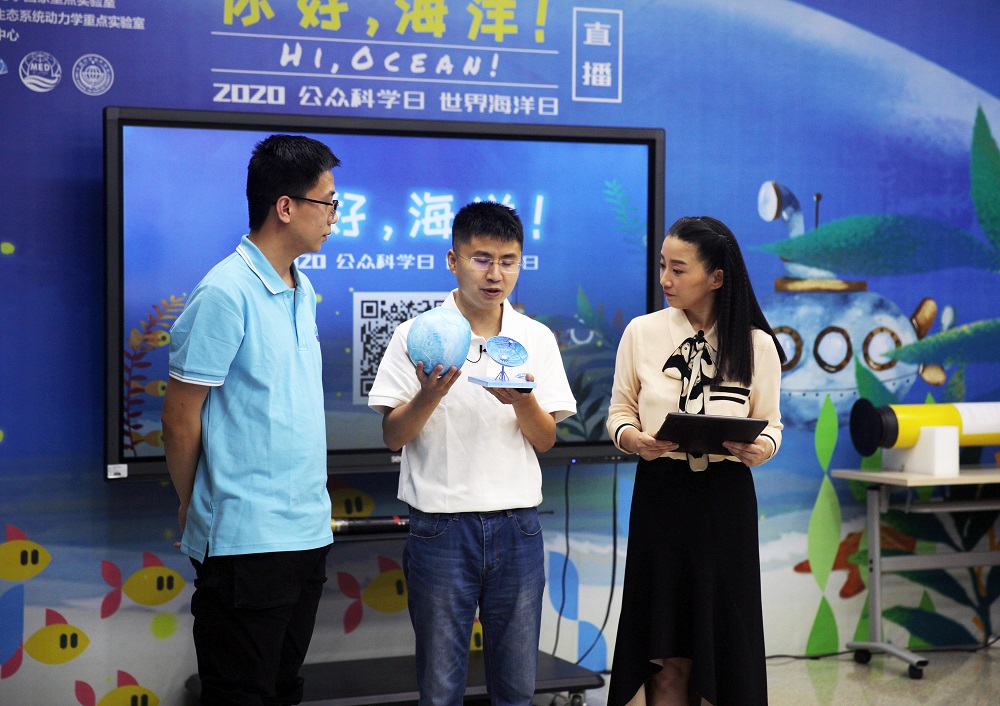
Tao Bangyi made a popular science report on the Color of Sea Water in Your Eyes
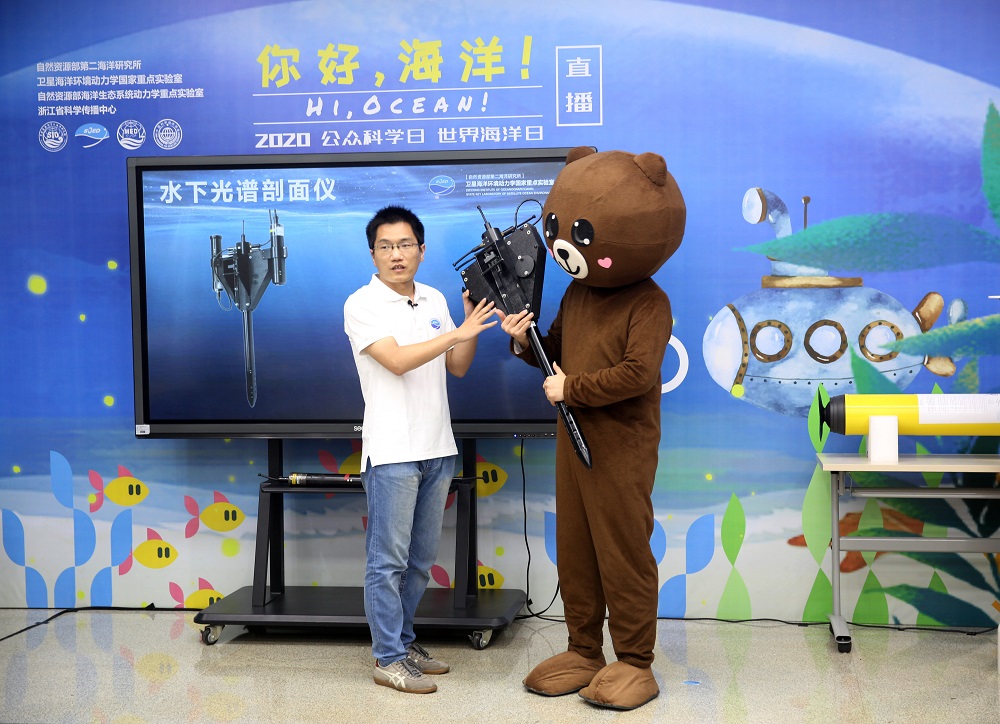
Zhang Xuan used physical objects and experiment to popularize ocean exploration instruments-profiler
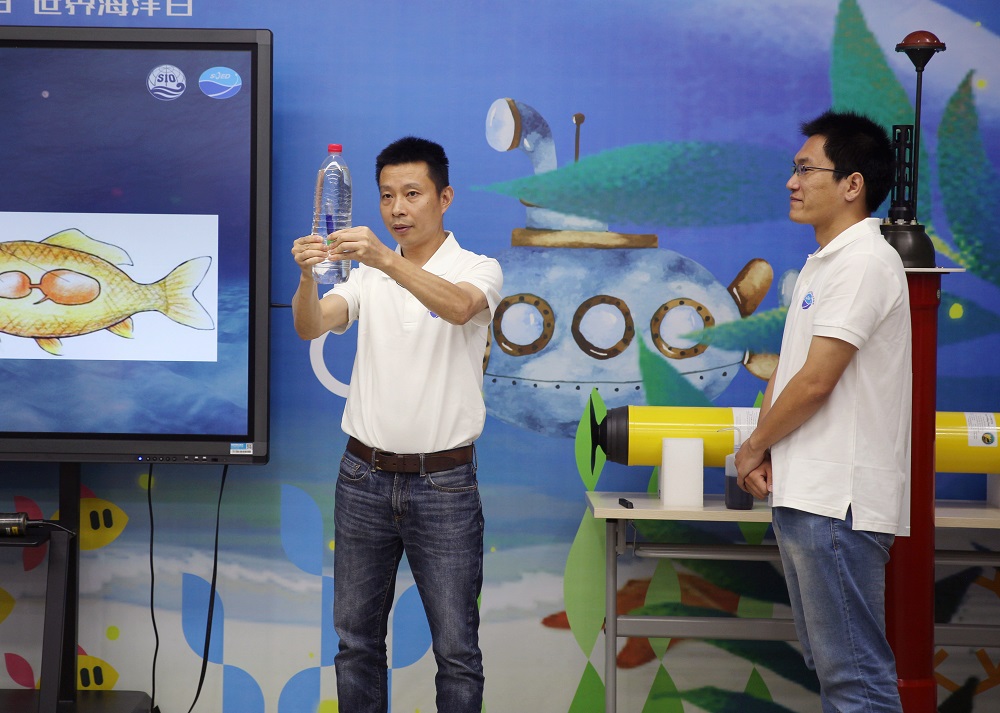
Liu Zenghong used Argo drifting buoy
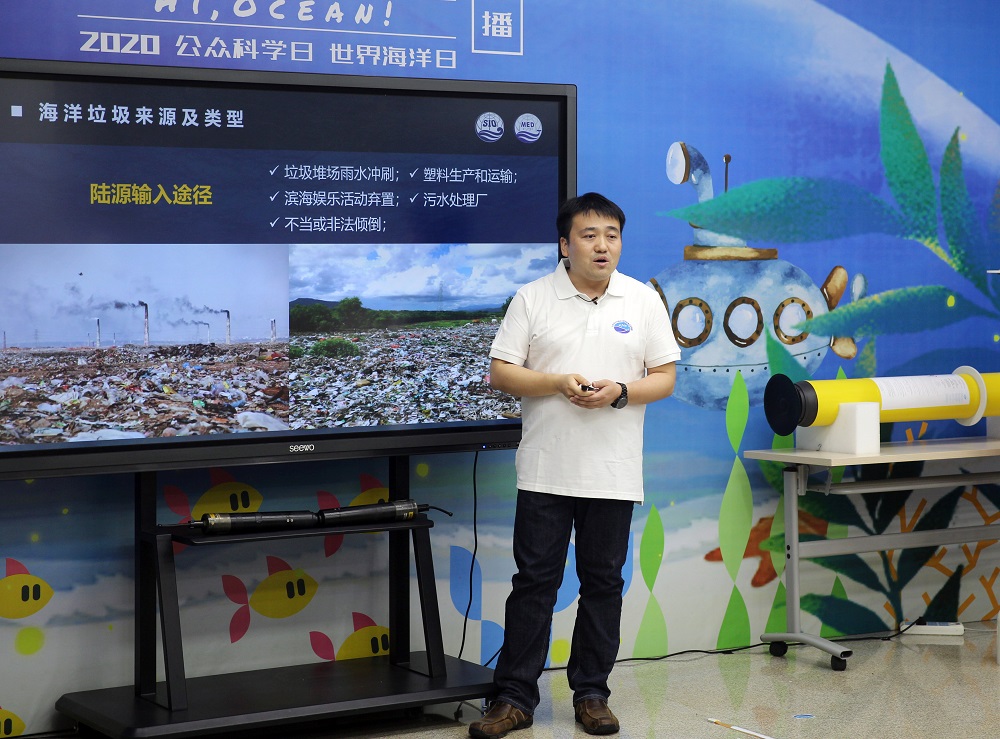
associate researcher Huang Wei focused on the theme of micro-plastics environmental protection
Thelive show was simultaneously broadcast on multiple on-line platforms, and thescientific research personnel meticulously prepared rich popular sciencededicated to friends in front of the screen. Among them, Dr. Xi Jingyuan talkedabout Which Floor does Fish Live on in the Ocean? to popularize theinfluence of the external environment on fish; associate researcher Tao Bangyimade a popular science report on the Color of Sea Water in Your Eyes,explaining the basic principles of satellite remote sensing; Zhang Xuan and LiuZenghong used physical objects and experiment to popularize ocean explorationinstruments-profiler and Argo drifting buoy; associate researcher Huang Weifocused on the theme of micro-plastics environmental protection and called forrejection of marine debris and protection of marine ecology.
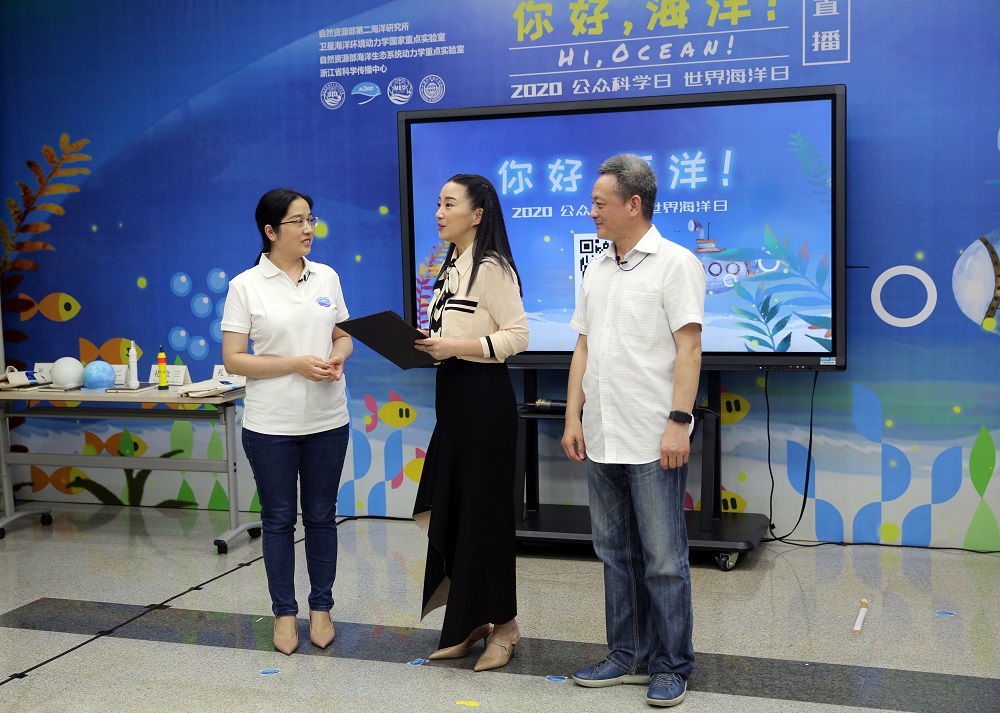
Dr.Bai Yan The vice director of the laboratory
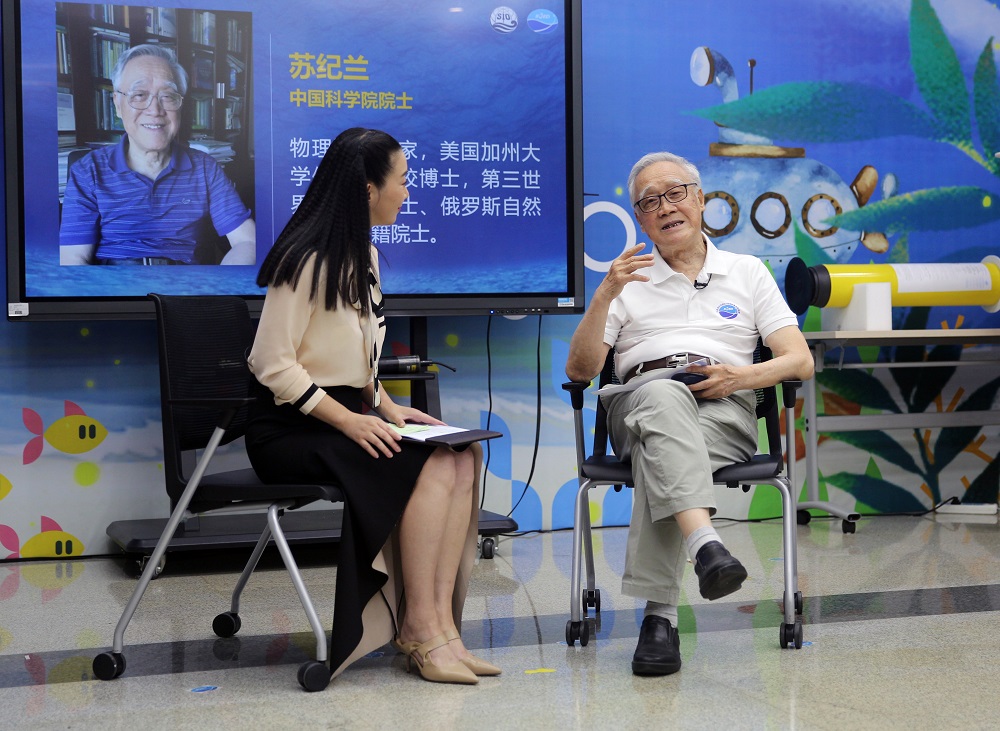
Su Jilan, an academician of the Chinese Academy of Sciences
Asthe finale of the live broadcast, Su Jilan, an academician of the ChineseAcademy of Sciences, shared the charm of marine scientific research to theaudience through the live broadcast lens and conveyed the concept of protectingthe marine ecological environment.
Duringthe live broadcast, each science report included a A&Q session. Theresearchers prepared satellite models and Argo buoy models made by 3D printingfor participants who actively answered the questions, which were very popularamong children. Through one and a half hours of live broadcast about sciencepopularization, major platforms attracted 700,000 viewers to watch A&Qon-line, reflecting the advantages of on-line science popularization.
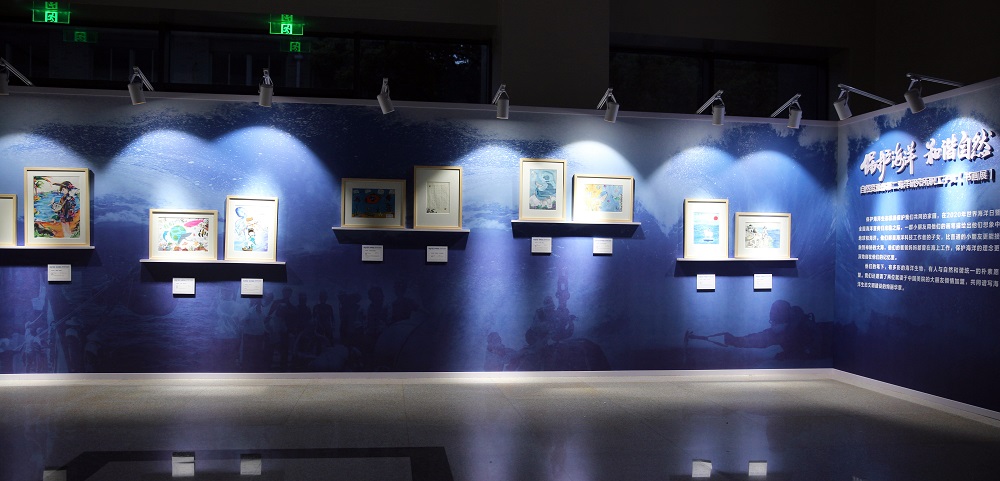
Calligraphy and painting exhibition opened



